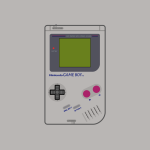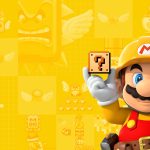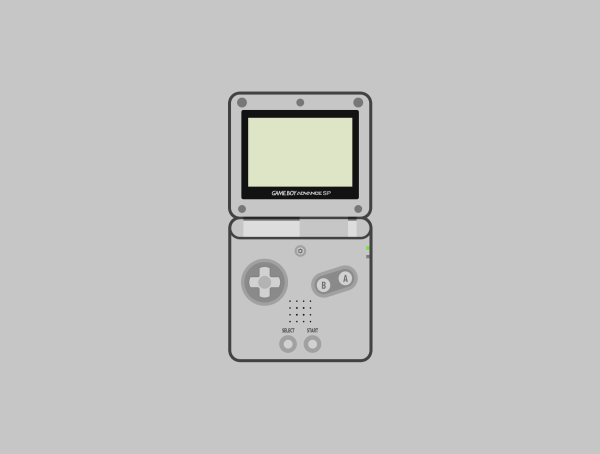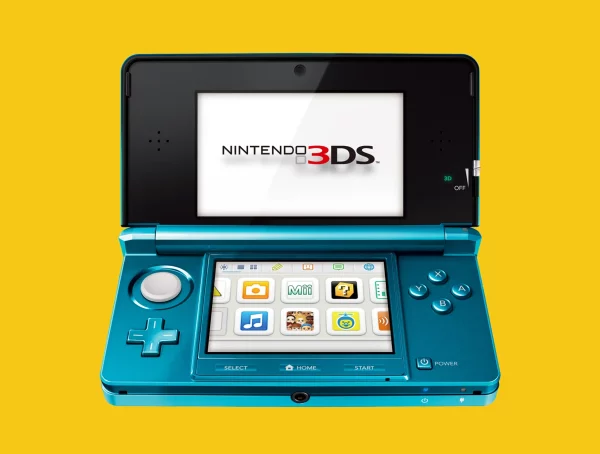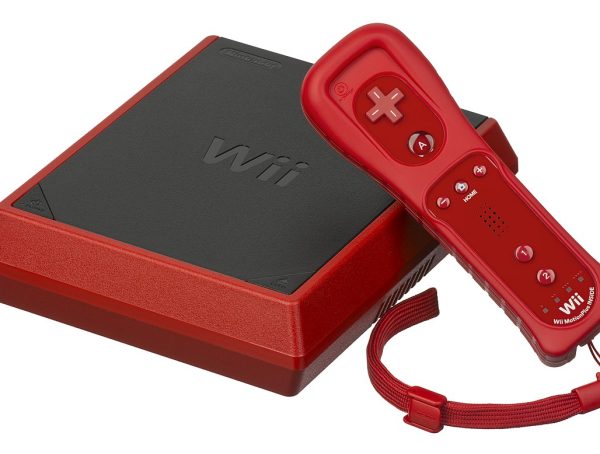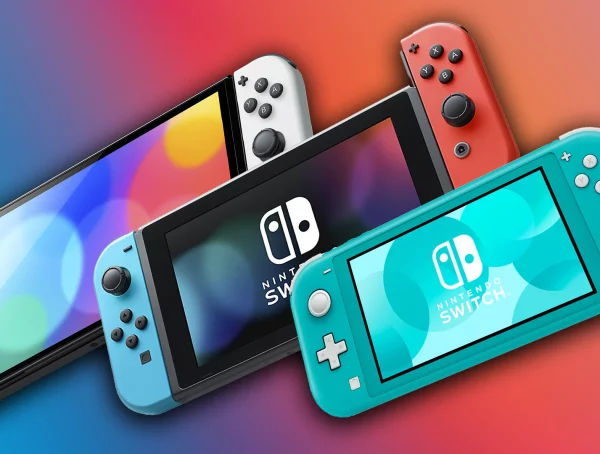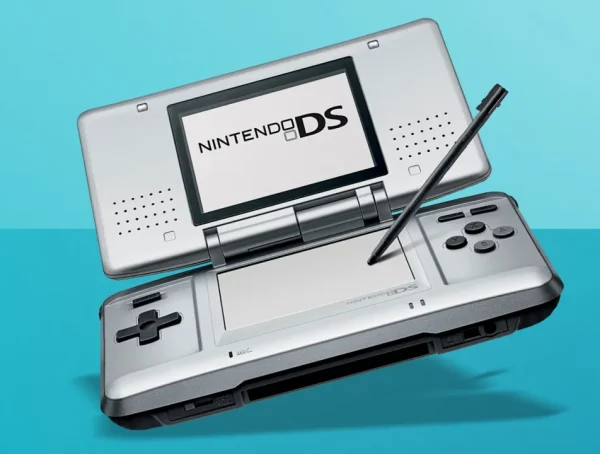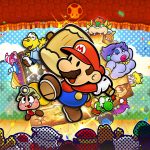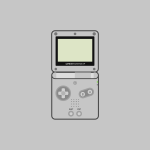GameCube is here!
In the early 2000s, the gaming world was on the brink of major transformation. Sony’s PlayStation 2 had taken the industry by storm, Microsoft was about to enter the scene with the Xbox, and Nintendo—after the success and challenges of the Nintendo 64—was ready to launch a bold, purple box that would become a cult classic. This is the complete story of the Nintendo GameCube: a console that dared to be different and left a lasting mark on gaming history.
A New Era Begins
Launched in Japan on September 14, 2001, and shortly after in North America on November 18, 2001, the Nintendo GameCube was Nintendo’s first console to use optical discs instead of cartridges. The miniDVD format was a strategic choice: while it offered faster load times than full-sized DVDs, it also limited storage to 1.5 GB per disc.
Despite the limitations, the GameCube was a technical powerhouse, with a custom IBM “Gekko” processor and an ATI “Flipper” graphics chip. It was known for fast rendering, smooth performance, and vibrant visuals that brought Nintendo’s iconic characters to life in ways never before seen.
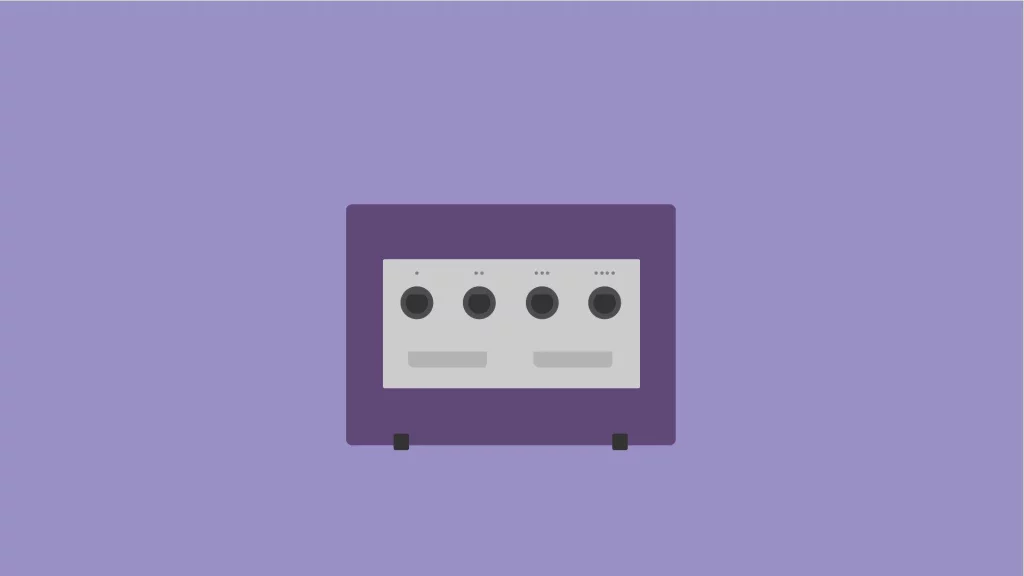
Design: A Box with Personality
The GameCube’s design was unlike any other console at the time. Compact and colorful (famously in Indigo Purple, but also available in Jet Black, Platinum Silver, and limited editions), it had a built-in handle for portability. While some mocked its toy-like appearance, others appreciated its uniqueness—true to Nintendo’s philosophy of fun first.
The GameCube controller was also a standout. Ergonomic and intuitively laid out, it became a fan favorite, particularly for games like Super Smash Bros. Melee. So beloved was the controller that it continues to be used in modern Smash tournaments, even on the Nintendo Switch.
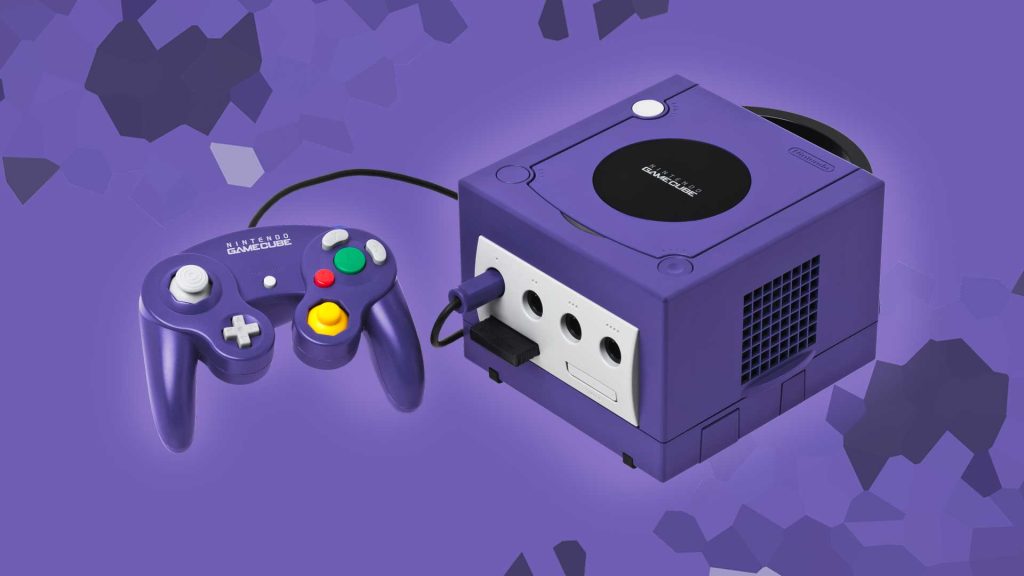
Nintendo GameCube – Technical Specifications
| Category | Specification |
|---|---|
| CPU | IBM PowerPC “Gekko” @ 485 MHz |
| GPU | ATI “Flipper” @ 162 MHz |
| System Memory | 24 MB 1T-SRAM (main memory), plus 16 MB DRAM auxiliary |
| Video Memory | 3 MB embedded 1T-SRAM within the GPU |
| Maximum Resolution | 480p (with component cable – not included by default) |
| Audio | 16-bit DSP, 64 simultaneous channels |
| Optical Drive | 1.5 GB proprietary miniDVD discs |
| Storage | No internal storage; uses proprietary memory cards |
| Controllers Ports | 4 ports for GameCube controllers |
| Accessory Ports | 2 serial ports, 1 high-speed parallel port, 1 modem/broadband port |
| Dimensions | 150 mm × 110 mm × 161 mm (5.9 in × 4.3 in × 6.3 in) |
| Weight | ~2.4 kg (5.3 lbs) |
| Network | Optional broadband or modem adapter (very limited support) |
| Backward Compatibility | None (but later models like the Wii supported GC discs and controllers) |
The Library: A Treasure Chest of Classics
What the GameCube may have lacked in third-party support compared to PlayStation 2, it made up for with some of the greatest first-party titles in Nintendo’s history. Here are just a few:
- Super Smash Bros. Melee – A competitive favorite and one of the best-selling titles on the console.
- The Legend of Zelda: The Wind Waker – Initially divisive due to its cel-shaded graphics, it is now seen as a masterpiece.
- Metroid Prime – A groundbreaking transition from 2D to 3D for Samus Aran.
- Resident Evil 4 – Originally a GameCube exclusive, this title redefined third-person shooters.
- Super Mario Sunshine – A tropical spin on Mario’s platforming adventures.
- Animal Crossing – Introduced many Western players to life simulation games.
The GameCube also had cult hits like Pikmin, Luigi’s Mansion, F-Zero GX, and Eternal Darkness: Sanity’s Requiem, which pushed creative boundaries.
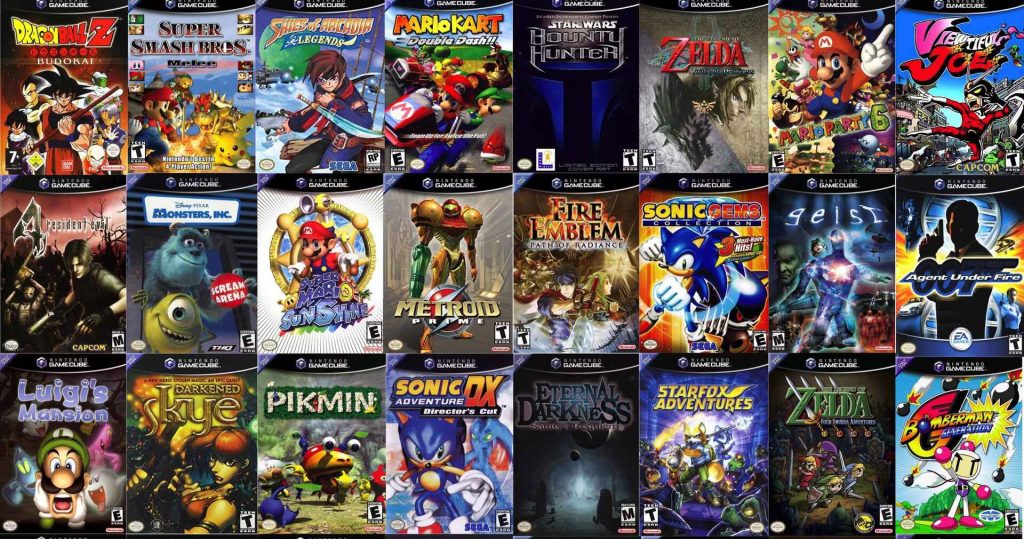
The Competition and Challenges
The GameCube faced fierce competition from Sony’s PlayStation 2 (which dominated the generation) and Microsoft’s Xbox (which boasted superior hardware and the rise of online play through Xbox Live). While Nintendo focused on local multiplayer and family-friendly experiences, the industry was rapidly shifting toward cinematic, mature, and online gaming.
Additionally, the lack of DVD playback, limited third-party support, and a perception of being a “kiddie console” affected sales. By the end of its lifecycle, the GameCube sold about 21 million units—significantly less than the PlayStation 2’s 155 million.
The Legacy of the GameCube
Though not a commercial juggernaut, the GameCube’s influence endures. Many of its games became the foundation for major Nintendo franchises today. The system introduced new IPs (Pikmin, Luigi’s Mansion), revitalized old ones (Metroid Prime), and created a controller design that remains beloved.
Importantly, the GameCube was a transitional console, it helped bridge the gap between the traditional gaming of the 1990s and the more connected, experimental landscape of the 2000s.
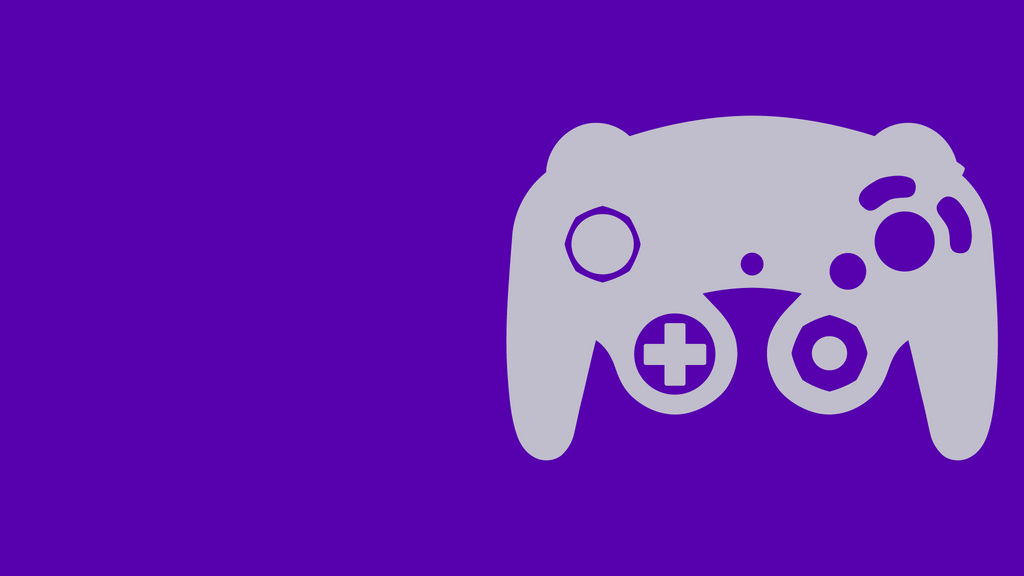
Fun Facts
- The GameCube’s startup sound changes slightly if you hold down certain buttons while powering it on.
- It featured one of the most durable disc-reading lasers of its generation.
- You could connect a Game Boy Advance to the GameCube for unique features in games like The Legend of Zelda: Four Swords Adventures and Final Fantasy Crystal Chronicles.
- Nintendo experimented with online play on GameCube (Phantasy Star Online), but it never became a major focus.
Long Live the GameCube
The Nintendo GameCube may not have been the most commercially successful console, but it is remembered with love and admiration by fans. Its bold design, incredible library, and emphasis on gameplay over gimmicks earned it a special place in gaming history.
Today, GameCube titles are considered classics, and many of them continue to be remastered, re-released, or referenced in Nintendo’s modern games. The purple box that once stood apart now shines as a symbol of Nintendo’s enduring creativity and courage to innovate.
You might also like
More from CONSOLES
Nintendo Wii Mini: Complete History, Versions, and Specs (2012)
The Nintendo Wii Mini is a lesser-known variant of the highly successful Nintendo Wii console. Designed as a more affordable …
Nintendo Switch: The Complete History and Versions of Nintendo’s Hybrid Revolution (2017)
Introduction When the Nintendo Switch was launched on March 3, 2017, it wasn’t just a new console, it was a radical …
Nintendo DS: The Dual-Screen Revolution (2004)
The Nintendo DS, launched in 2004, marked a bold and innovative step in the world of handheld gaming. With its …
